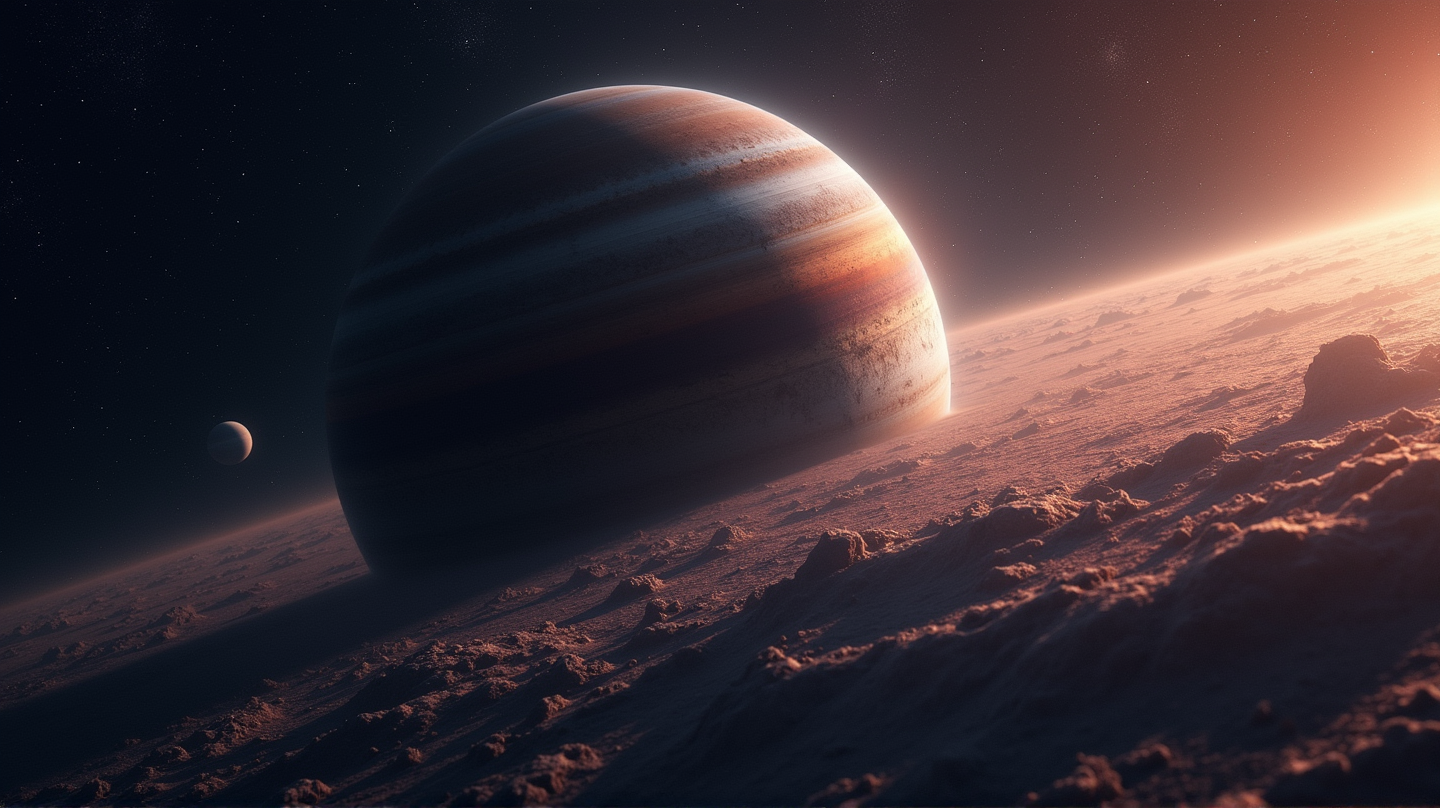In a revelation that stirs the soul and ignites our curiosity, astronomers have unveiled the existence of a new dwarf planet in our very own solar system. Meet 2017 OF201, a celestial body that drifts far beyond Neptune in a distant, unexplored realm, embarking on a staggering 25,000-year orbit around the sun.
Journey to the Edge of the Solar System
As astronomical eyes gazed skyward, trailing the archival trails from Chile’s Blanco telescope and the Canada-France-Hawaii telescope, 2017 OF201 emerged from the cosmic shadows. This discovery, confirmed by the International Astronomical Union’s Minor Planet Center, showcases a roughly 435-mile-wide sphere that resides at the outer reaches of our cosmic neighborhood. Encounters with the sun occur once every few millennia, adding a layer of mystique to its elliptical journey.
A Singular Pathfinder Amongst a Celestial Crowd?
Is 2017 OF201 a lone wanderer? Sihao Cheng, astrophysicist at the Institute for Advanced Study in Princeton, suggests that this planet’s brief flirtations with detectability hint at a potentially bustling community of similar celestial entities, all residing in the solar system’s farthest alcoves. These enigmatic elder siblings whisper secrets of migration and gravitational interplay, hinting at histories we are only beginning to unravel.
Cosmic Whispers from the Oort Cloud
The possibilities of 2017 OF201’s origin and migration introduce captivating theories, including potential past dwellings within the Oort cloud — the solar system’s fringe where comets are birthed and sent into our view. Each orbit tells a story of gravitational pull, interactions with Neptune, and the Milky Way’s immense influence. “It’s possible that this object was first ejected to the Oort cloud,” as Cheng notes, teasing us with the mysteries of such celestial choreography.
Challenging the Notion of Planet 9
In the cosmic dance of our solar system, 2017 OF201 disrupts the established harmony purported by theories of the elusive Planet 9. Its unorthodox orbit suggests that if such a planet is real, it may be playing a subtler tune than previously imagined, or perhaps none at all. Further explorations will seek to harmonize or dissonate this bewitching theory, as researchers peek into the gravitational ledger of our celestial home.
In a universe filled with stars and stories, the discovery of 2017 OF201 reminds us of our infinite quest for knowledge, illuminating paths yet traversed and worlds unseen. As stated in Live Science, advances in telescopes continue to open gateways to the distant both in whispers and grand revelations, leaving us yearning for the next discovery awaiting in the cosmic sea.
